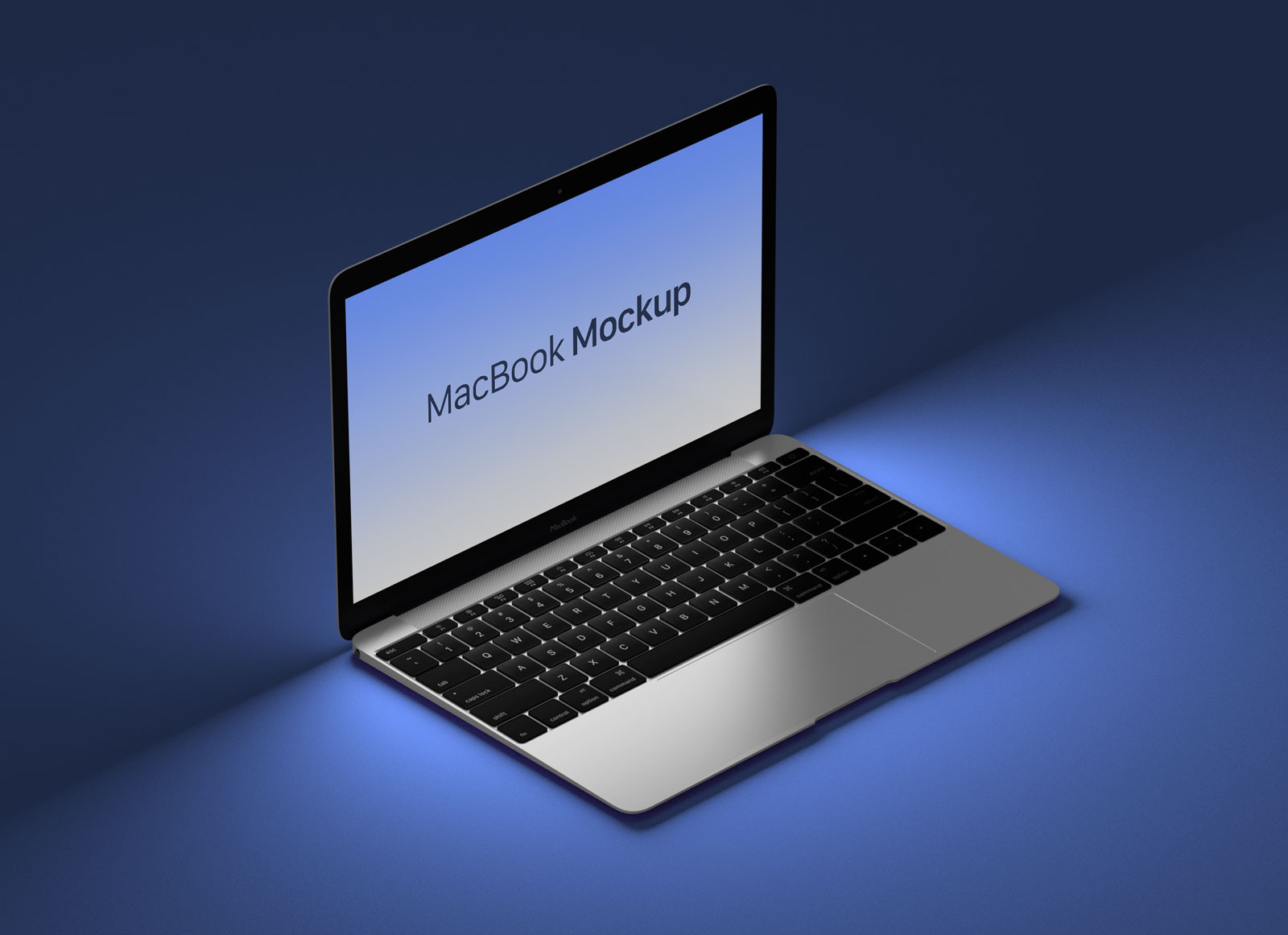The Apple Watch: More Than Just a Watch

In a world where technology is becoming increasingly personal, the Apple Watch stands as one of the most successful wearables to ever hit the market. First introduced in 2015, the Apple Watch has steadily evolved from a stylish companion to the iPhone into a powerful, independent device that many users now rely on for fitness, health, productivity, and communication. Whether you’re a fitness enthusiast, a tech lover, or someone just trying to stay on top of your notifications without constantly reaching for your phone, the Apple Watch has something to offer.
Design and Build
The Apple Watch is instantly recognizable. Its sleek, modern design has remained largely consistent, with variations in materials like aluminum, stainless steel, and titanium. It comes in two sizes (typically around 40mm and 44mm, depending on the series), offering options for different wrist sizes. The Retina display is bright and easy to read even under direct sunlight, and the smooth curves make it comfortable for all-day wear.
Apple has also made the Watch highly customizable. With a wide variety of bands and watch faces, users can tailor the device to match their personal style—whether that means a sporty silicone band for workouts or a classic leather strap for more formal occasions.
Fitness and Health Tracking
Where the Apple Watch truly shines is in its health and fitness capabilities. From Series 3 onward, the Watch includes a heart rate monitor, which can alert users to unusually high or low heart rates. Later models introduced features like ECG (electrocardiogram), blood oxygen monitoring, and even temperature tracking in Series 8 and Ultra. These aren’t just fancy add-ons—they’ve literally saved lives by helping users catch medical issues early.
Fitness tracking is comprehensive. The Apple Watch encourages movement through its three-ring system: Move, Exercise, and Stand. Whether you’re going for a run, doing yoga, swimming, or cycling, the Watch can track your performance with surprising accuracy. It integrates seamlessly with Apple’s Fitness+ service, giving you access to guided workouts and real-time metrics on your wrist.
Communication and Productivity
Gone are the days when watches just told time. With an Apple Watch, you can send and receive texts, answer calls, and even use walkie-talkie mode with other Apple Watch users. For those who choose the cellular model, the Watch can function almost independently from your iPhone, which is especially useful for runners or travelers who don’t want to carry a phone.
You can also get notifications from virtually any app installed on your iPhone, control smart home devices with Siri, use Apple Maps for turn-by-turn directions, and even unlock your Mac or authenticate passwords with a flick of the wrist.
Battery Life and Performance
Battery life has always been a bit of a pain point for smartwatches in general, and the Apple Watch is no exception. Most models offer around 18–24 hours of battery life with normal use, which means daily charging is often necessary. However, Apple has made improvements in recent versions, especially with the Ultra and Series 9, which offer longer battery life and faster charging times.
Performance-wise, the Watch is responsive, smooth, and capable of multitasking. With the latest S-series chips, apps load quickly, and animations feel fluid. WatchOS—the operating system—has also improved dramatically over the years, offering more intuitive navigation, better app integration, and more health insights.
Apple Watch Series vs SE vs Ultra
Apple now offers a few different Watch models to fit various needs and budgets:
-
Apple Watch SE: A more affordable option, the SE includes many core features like fitness tracking and heart rate monitoring but skips out on ECG, blood oxygen, and other advanced sensors. Ideal for first-time smartwatch users or kids.
-
Apple Watch Series 9: The current flagship (as of 2024) balances price and performance. It includes the newest sensors, the double-tap gesture, fast charging, and advanced health features.
-
Apple Watch Ultra: Designed for adventurers, athletes, and divers, the Ultra has a rugged titanium case, a bigger and brighter screen, dual-frequency GPS, longer battery life, and enhanced durability. It’s a powerhouse—but also the priciest option.
The Ecosystem Advantage
One of the biggest advantages of the Apple Watch is how well it integrates with other Apple products. If you’re already part of the Apple ecosystem—with an iPhone, iPad, or Mac—the Watch fits in seamlessly. Features like Handoff, iCloud sync, AirPods pairing, and Apple Pay make everything feel connected and smooth.
For example, if you start a workout on your iPhone, it can continue on your Watch. If someone sends you a text, you can dictate a reply or scribble it out right on your wrist. If you’re using AirPods, audio will automatically route to and from your Watch during a call. That kind of harmony is hard to beat.
Is the Apple Watch Worth It?
The Apple Watch is not the cheapest wearable on the market, but it consistently leads in terms of functionality, design, and reliability. If you’re an iPhone user and you’re looking for a smartwatch, it’s the obvious choice. The level of polish and depth of features make it more than worth the price for most users.
That said, if your needs are minimal—just counting steps or checking the time—you may be just as happy with a more basic fitness tracker. But for those who want a well-rounded companion that can help improve their health, keep them connected, and even enhance productivity, the Apple Watch continues to be the gold standard.
Want a version tailored to a specific audience—like athletes, professionals, or students?



